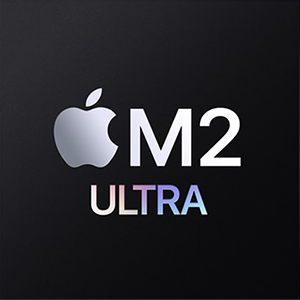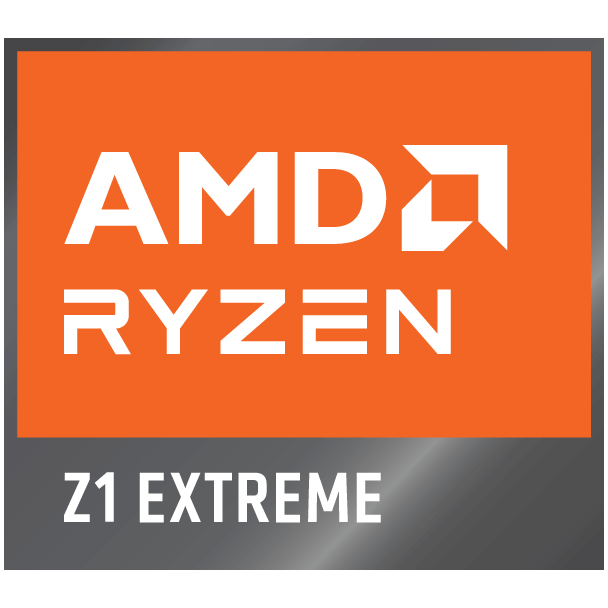Apple M4 8 Core vs Intel Processor N150
We compared two laptop CPUs: Apple M4 8 Core with 8 cores 4.41GHz and Intel Processor N150 with 4 cores 0.1GHz . You will find out which processor performs better in benchmark tests, key specifications, power consumption and more.
Main Differences
Apple M4 8 Core 's Advantages
Better graphics card performance
Higher specification of memory (7500 vs 4800)
Larger memory bandwidth (120GB/s vs 38.4GB/s)
Higher base frequency (4.41GHz vs 0.1GHz)
More modern manufacturing process (3nm vs 10nm)
Intel Processor N150 's Advantages
Lower TDP (6W vs 20W)
Score
Benchmark
Geekbench 6 Single Core
Apple M4 8 Core
+249%
3674
Intel Processor N150
1052
Geekbench 6 Multi Core
Apple M4 8 Core
+350%
13664
Intel Processor N150
3033
General Parameters
Oct 2024
Release Date
Nov 2024
Apple
Manufacturer
Intel
Laptop
Type
Laptop
ARMv9
Instruction Set
x86-64
Apple M4
Core Architecture
Twin Lake
-
Processor Number
N150
Apple M-Socket
Socket
Intel BGA 1264
Apple M4 GPU (8-core)
Integrated Graphics
UHD Graphics 730
-
Generation
Intel Processor (Alder Lake-N)
Package
28 billions
Transistor Count
-
3 nm
Manufacturing Process
10 nm
20 W
Power Consumption
6 W
100 °C
Peak Operating Temperature
105°C
-
Foundry
Intel
CPU Performance
4
Performance Cores
-
4
Performance Core Threads
-
4.41 GHz
Performance Core Base Frequency
0.1 GHz
-
Performance Core Turbo Frequency
3.6 GHz
4
Efficiency Cores
4
4
Efficiency Core Threads
4
2.59 GHz
Efficiency Core Base Frequency
0.8 GHz
-
Efficiency Core Turbo Frequency
3.6 GHz
8
Total Core Count
4
8
Total Thread Count
4
-
Bus Frequency
100 MHz
44
Multiplier
1.0
192 K per core
L1 Cache
96 KB per core
16 MB shared
L2 Cache
2 MB shared
-
L3 Cache
6 MB shared
No
Unlocked Multiplier
No
-
SMP
1
Memory Parameters
LPDDR5X-7500
Memory Types
DDR4-3200, DDR5, LPDDR5-4800
-
Max Memory Size
16 GB
-
Max Memory Channels
120 GB/s
Max Memory Bandwidth
38.4 GB/s
No
ECC Memory Support
No
Graphics Card Parameters
true
Integrated Graphics
true
500 MHz
GPU Base Frequency
-
1800 MHz
GPU Max Dynamic Frequency
1000 MHz
1024
Shader Units
256
64
Texture Units
16
32
Raster Operation Units
8
128
Execution Units
24
15
Power Consumption
3.7 TFLOPS
Graphics Performance
0.3 TFLOPS







